A triumph: an orchestral, symphonic, solemn, exhilarating triumph, this one by Luigi Magnani, who continues to live in the poetic and suavest world of his villa in Mamiano, one of the unspeakable places for envelopment of thought and idyllic quiet of nature. A bursting abode of works of art without temporal boundaries and without number; an indispensable point, today, for any orientation of breath and comparison in the motile universe of visible nourishment.
Luigi Magnani (1906 - 1984), from Reggio Emilia and Parma at the same time, was an admirer of created things and brimming with poetry; he was a musician and musicophile, a man of letters and philosopher, a university lecturer and conference speaker, a traveler and admirer of cities and civilizations, a promoter of intellectual cenacles, and above all a passionate lover of the arts and a spouse of masterpieces scattered throughout the centuries. During his life in ceaseless continuity he housed paintings and sculptures, drawings and engravings, furniture and instruments, each of which lent a touch of refinement and harmony to the continuum of the rooms of his magical retreat in Mamiano, still rich in reminders that a well-lived echo pours out to the open soul of those disposed, as he was, to the orphic invitations of signs.
The exhibition dedicated to him, postponed last spring because of the virus, now reopens with greater force and appeal. The affectionate diction citing him as the “last romantic” certainly does not refer him to a world dreamed of and abandoned, but celebrates him (according to Stefano Roffi’s felicitous expression) as one who lived the balance of the eternal in a factual way, in the very field of creation. Magnani was immersed in the musical world and in the difficult agons of the figurative arts of his century, which he supported concretely and always with that full humanism that he preserved as “daimon” (to use his own expression) that is, spiritual character.
The Exhibition, in the stupendous villa, spreads masterpieces from all centuries: it fascinates, moves, felicitates supremely. It begins with the enchanting Cavaliere in rosa that was the unrealized purchase by the great Gino (that’s what his friends called him): the admirable canvas by Moroni, preserved in Bergamo, reflects his recondite ego even in the cryptic motto that suggests the best is worth more than the first on a list. It is the superb counterpart to the royal collection where Italian primitives, Lippi and Titian, Dürer and Rubens, Tiepolo and Thomire, Canova and the immense Goya lead the chorus of the high epoch, then move seamlessly to the ironclad ranks of the Italian twentieth century. Here the studious visitor, or the lover, finds all the encounters, and all filtered through that subtle vein of serene proposal that remains typical in Magnani: as if to say I have chosen and in each of these works there is also me. And here, for example, is the impressive array of self-portraits of 20th-century Italian artists: a mirror introspection that Magnani intended. And here are the musical matches, in instruments and in paintings, from Wildt to Casorati to Cagnaccio di San Pietro to Morandi. And together the pictorial rigmarole of Severini, De Chirico, de Pisis, Carrà, Tosi, Mafai, Scialoja, Guttuso, Manzù, Clerici, Mattioli, Donghi, Funi, Marussig, Sciltian, Bueno, Depero, Savino, and others. In the upper rooms the French of the second half of the nineteenth century, but-as the central song of a life and a preference-the fifty Morandi who were his love. Yes, the silent love and tenacious friendship with the secluded Giorgio of Via Fondazza remains the perennial motif of Gino’s soul.
We like here to close the invitation to the Exhibition by recalling that the Silvana catalog now remains as a perennial monument of an entire era, most precious. And finally by thinking back to Luigi Magnani as one of the great loners of Parma’s history: men who kept their mystery within themselves while giving much: Antelami, Correggio, Parmigianino, Verdi, and closer to us Guareschi and Ricci. With them he gathers.
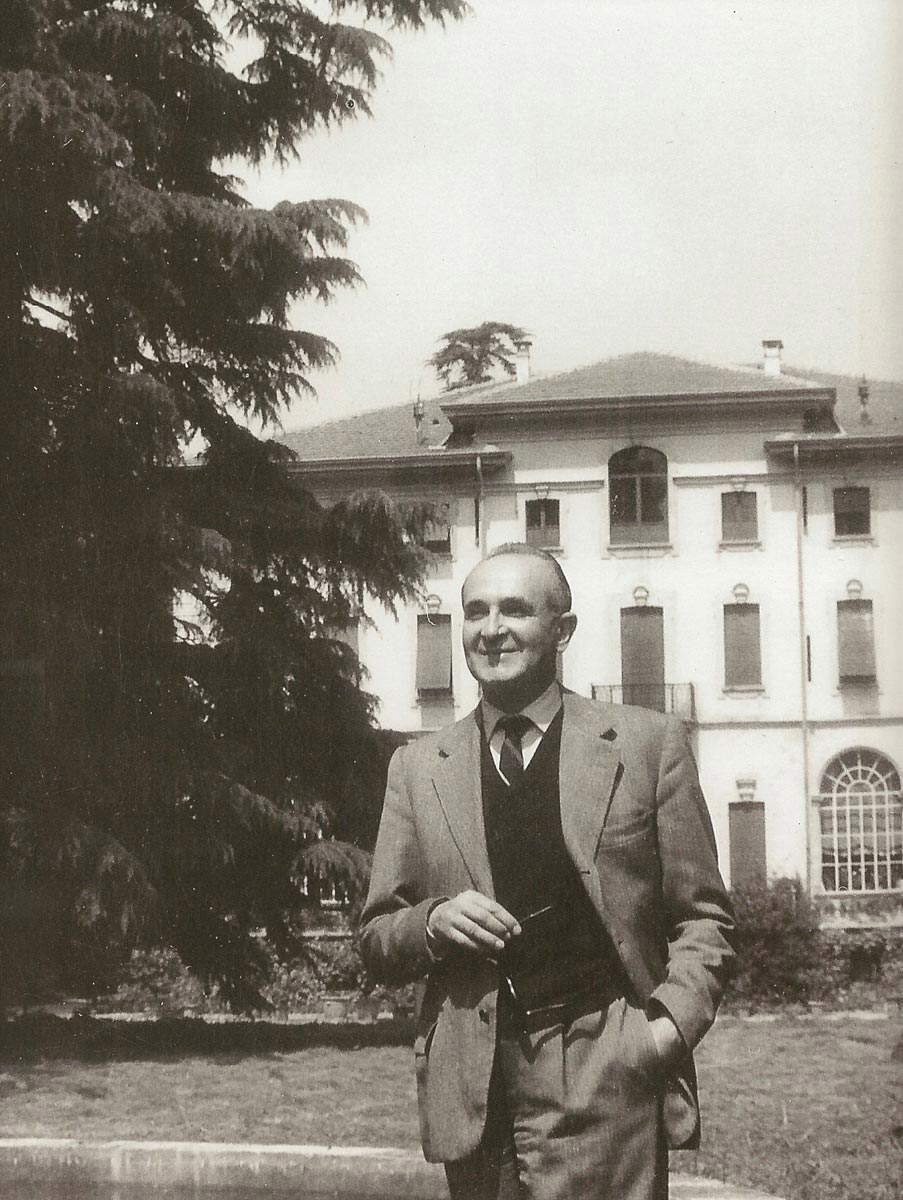 |
| Luigi Magnani and his villa (circa 1965 photograph) All the images that follow can be traced back to Magnani’s inner soul. |
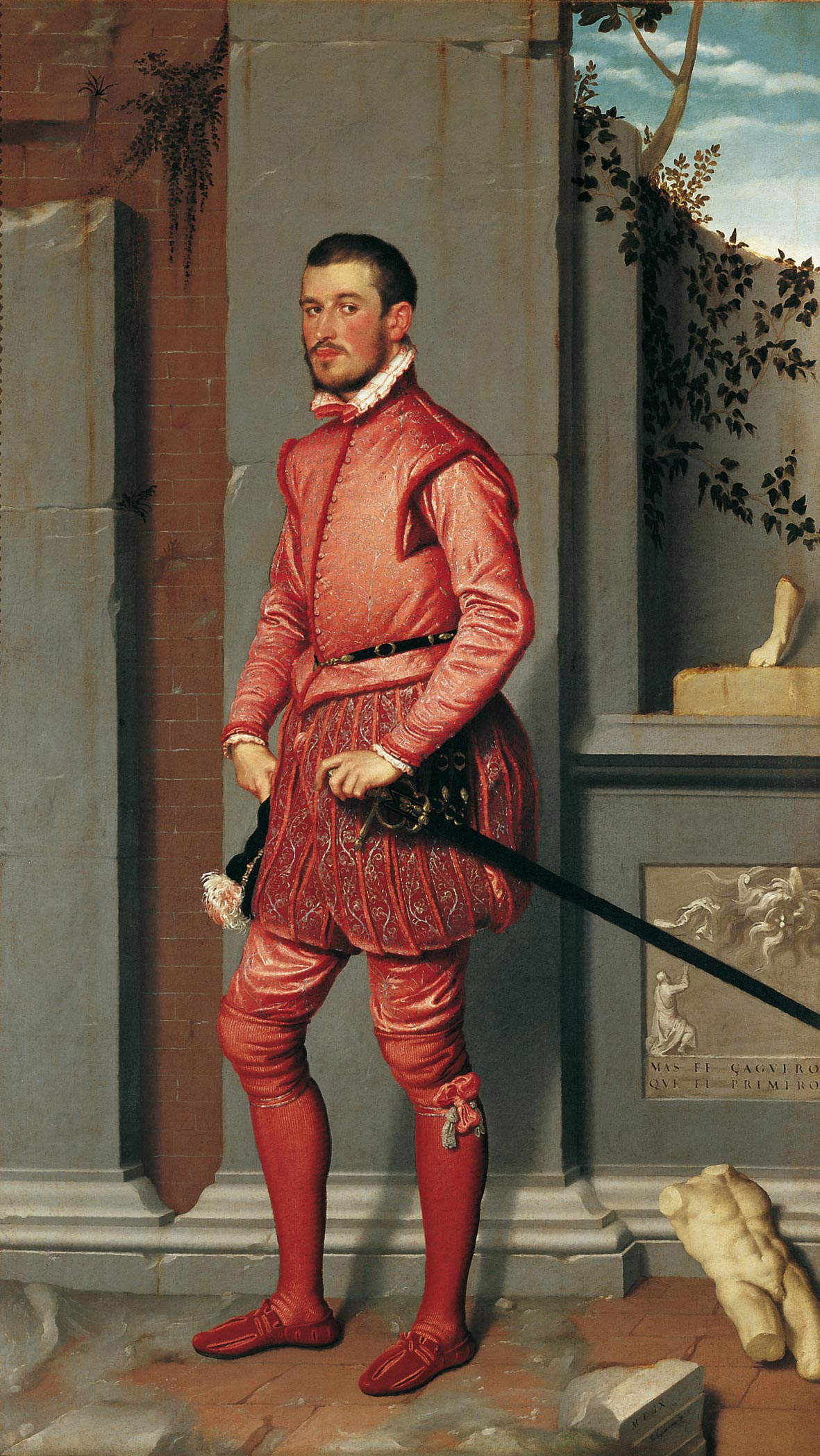 |
| Giovanni Battista Moroni, The Knight in Pink (1560; Bergamo, Palazzo Moroni) Luigi Magnani’s desired ideal self-portrait. |
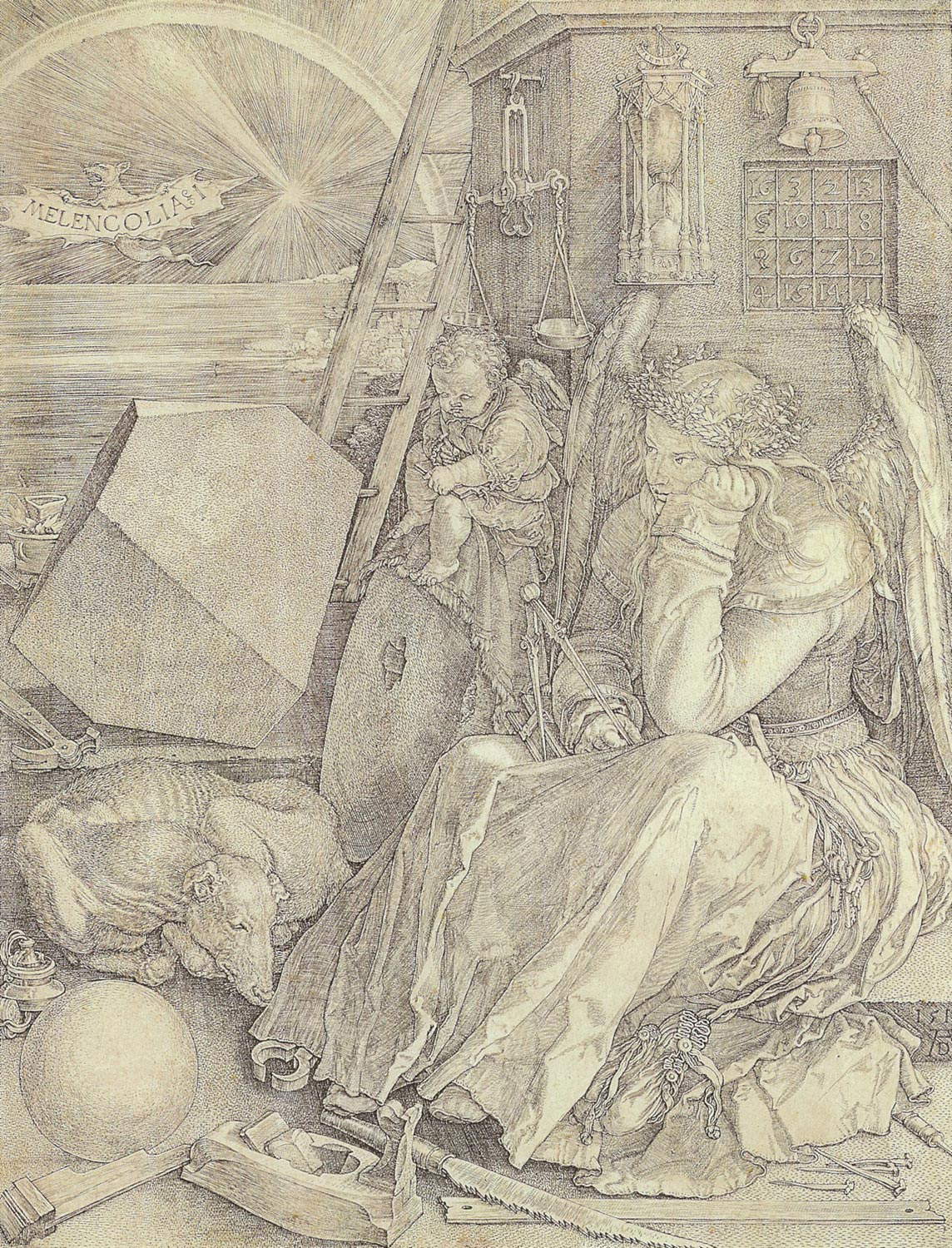 |
| Albrecht Dürer, Melencolia (1514; burin) The mood of contemplation for action. |
 |
| Felice Casorati, Portrait of Maestro Alfredo Casella (1926; Casella Collection) The symbolic cross-reference of the arts |
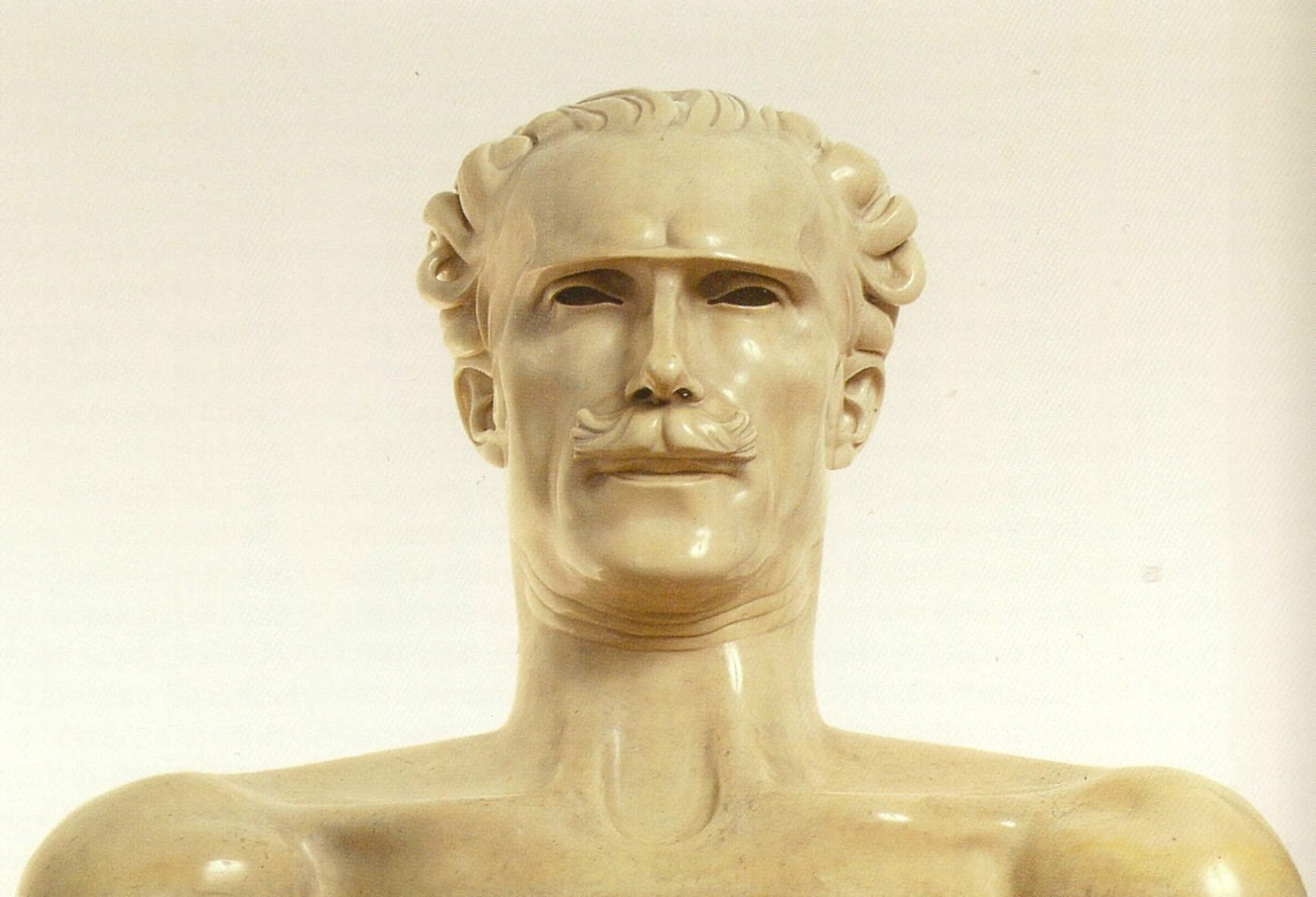 |
| Adolfo Wildt, Maestro Arturo Toscanini (1924; Rome, National Gallery of Modern and Contemporary Art) Orchestral power translated into marble |
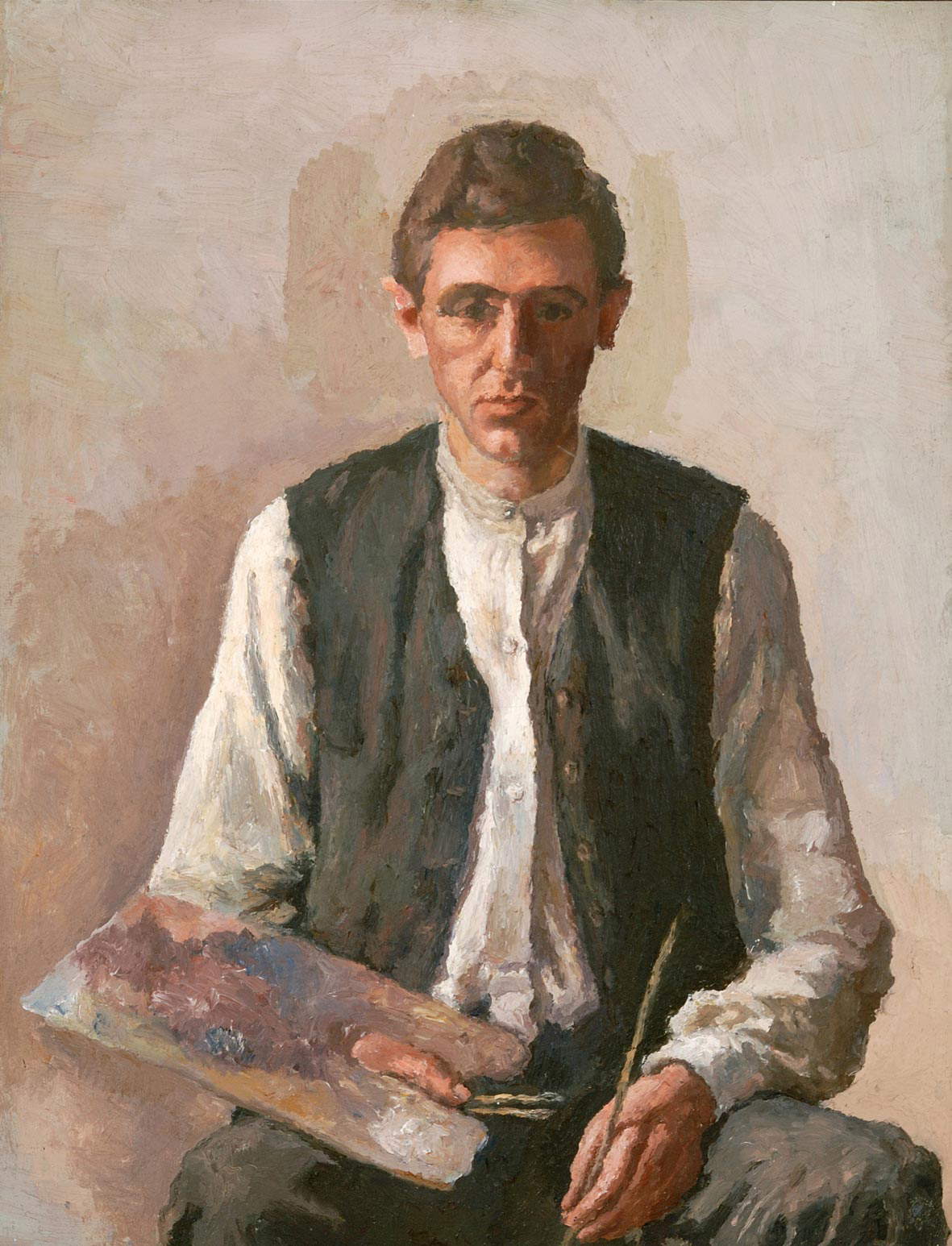 |
| Giorgio Morandi, Self-Portrait (1925; Mamiano di Traversetolo, Magnani-Rocca Foundation) The Great and Most Venerable Friend |
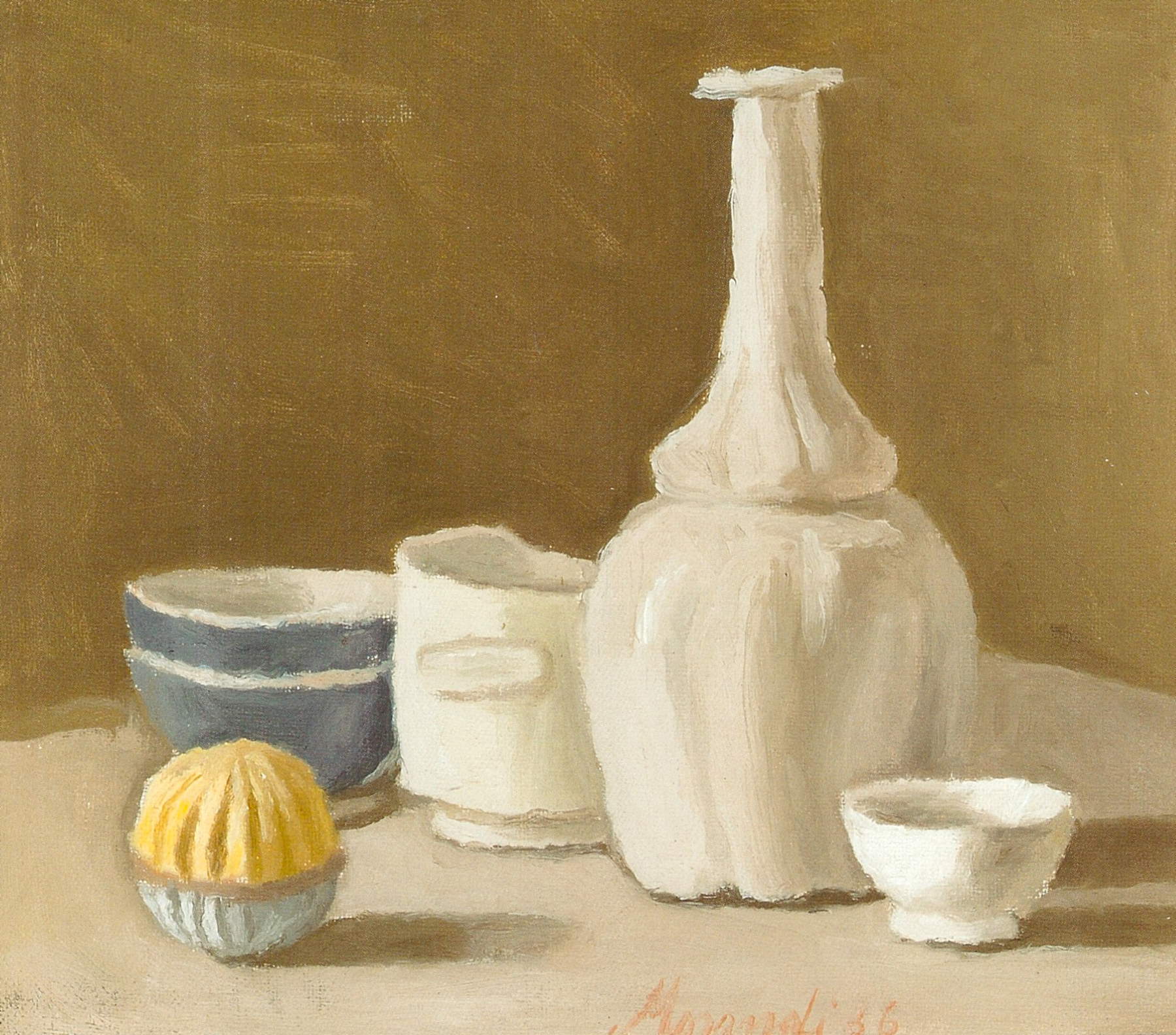 |
| Giorgio Morandi, Still Life (1936; Mamiano di Traversetolo, Magnani-Rocca Foundation) The Sublime Silence |
 |
| Gino Severini, Danseuse articulée (1915; Mamiano di Traversetolo, Magnani-Rocca Foundation) The Accompanied Avant-Garde |
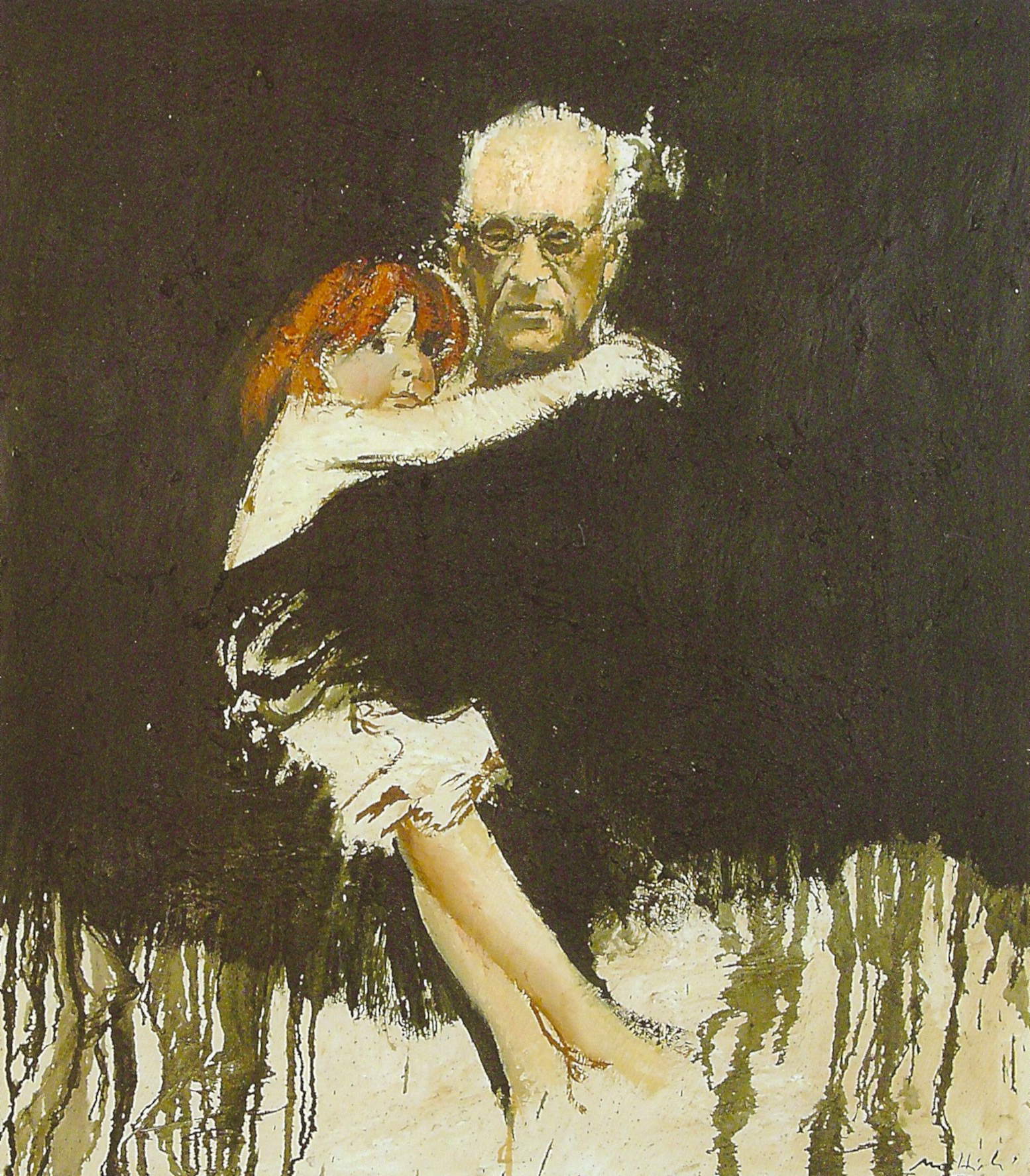 |
| Carlo Mattioli, Self-Portrait with Anna (1982; Private collection) The ever-respected master from Parma |
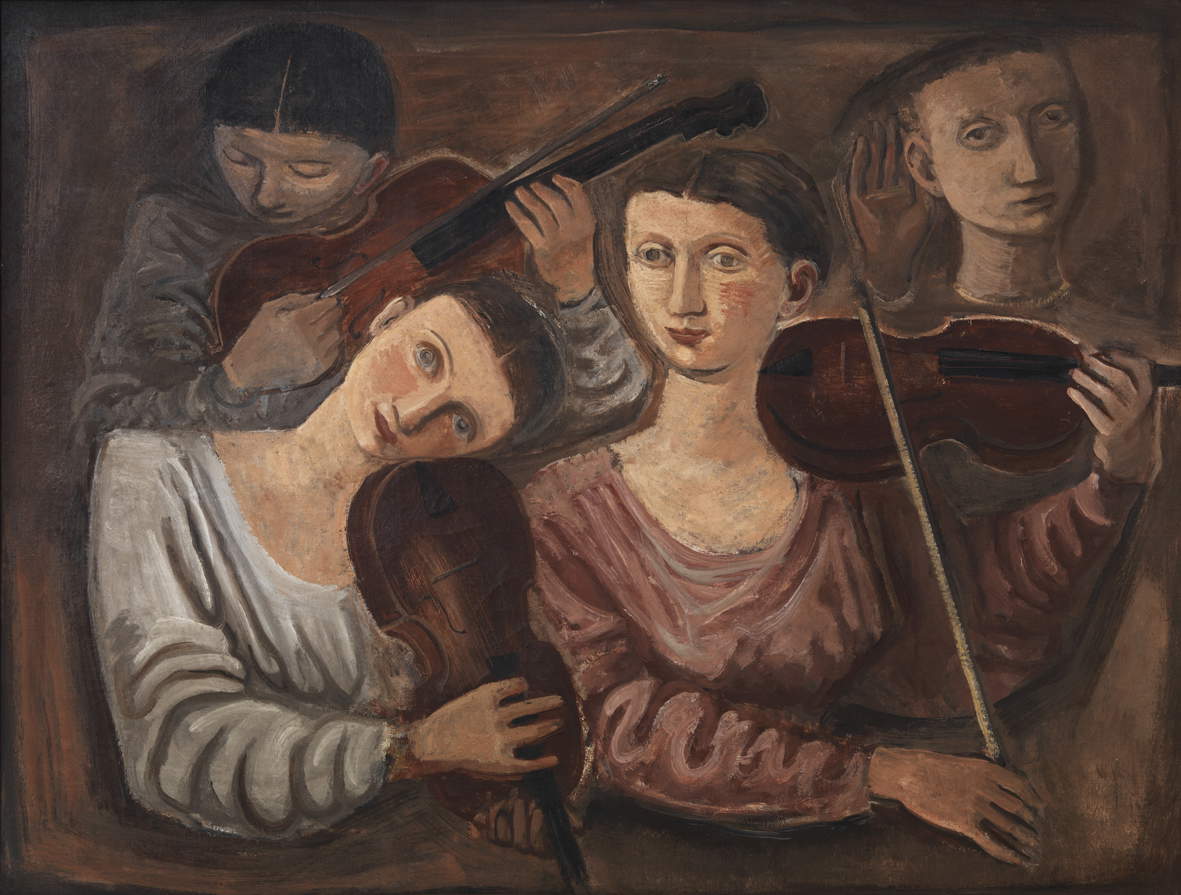 |
| Massimo Campigli, Violins (1934; Rovereto, Mart) A perennial musical reminder |
 |
| Fabrizio Clerici, Solo for Harp (Rome, Private Collection) Music painted by his friend |
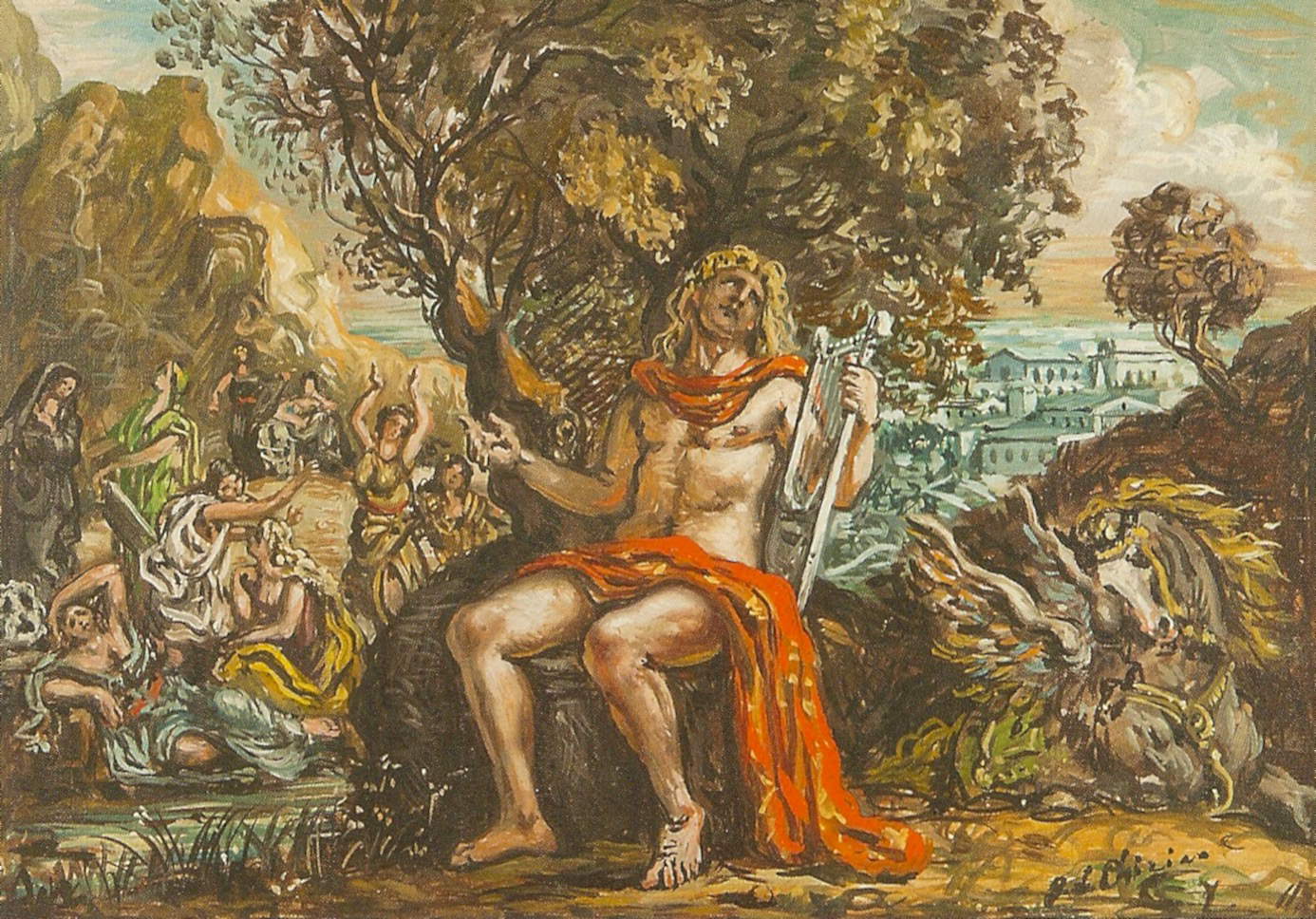 |
| Giorgio De Chirico, Apollo Musagete (1955) A curtain call for Stravinsky |
Warning: the translation into English of the original Italian article was created using automatic tools. We undertake to review all articles, but we do not guarantee the total absence of inaccuracies in the translation due to the program. You can find the original by clicking on the ITA button. If you find any mistake,please contact us.